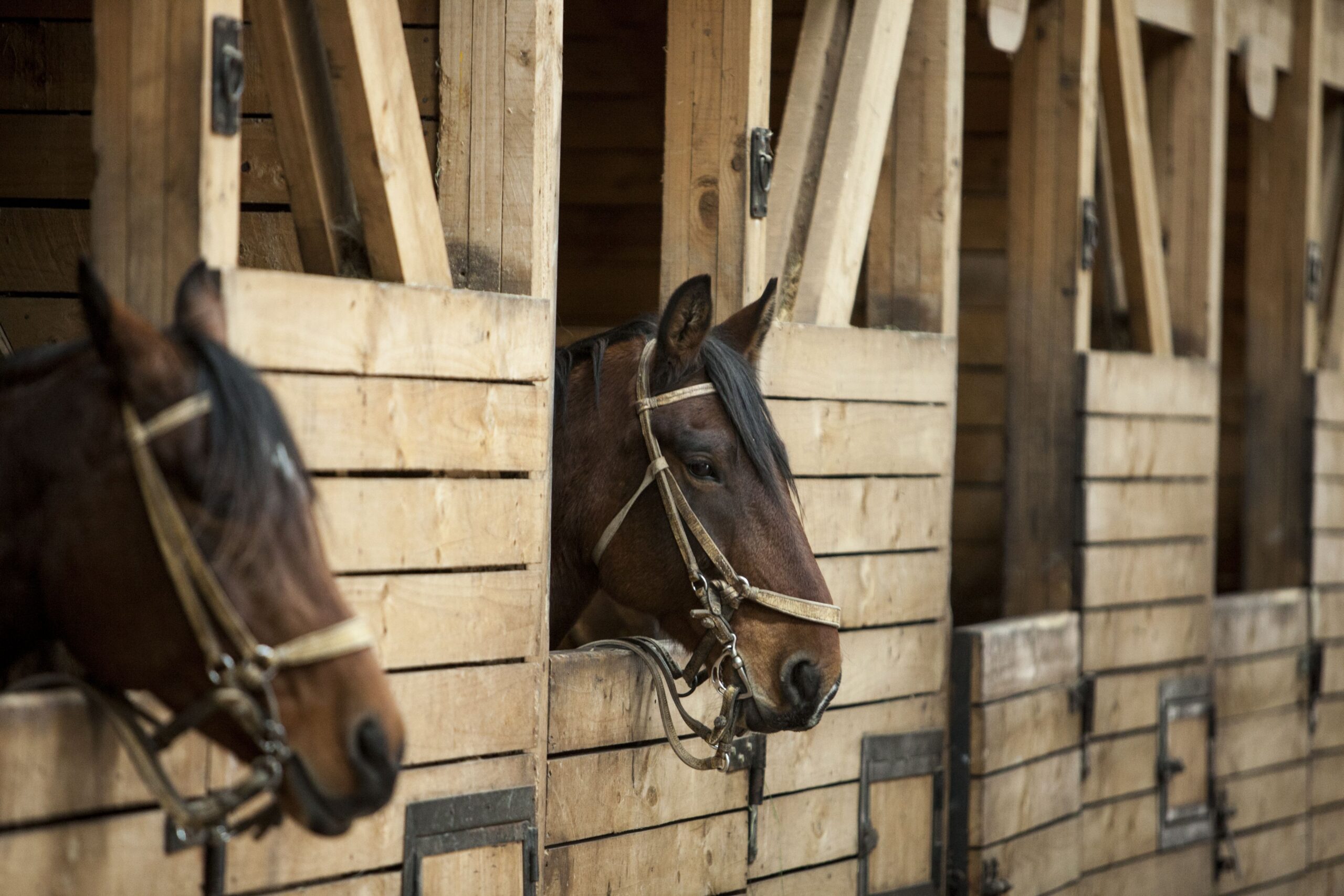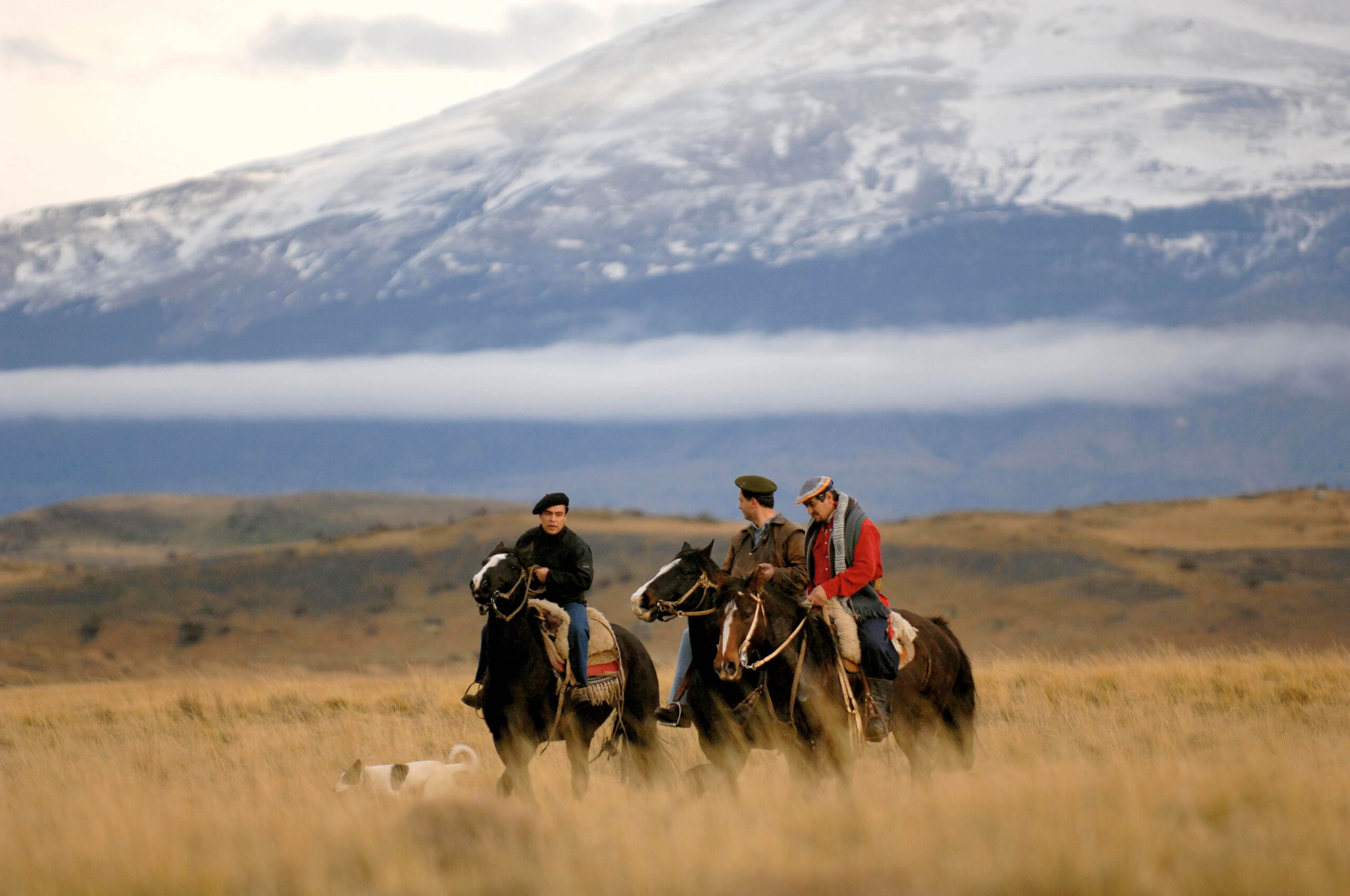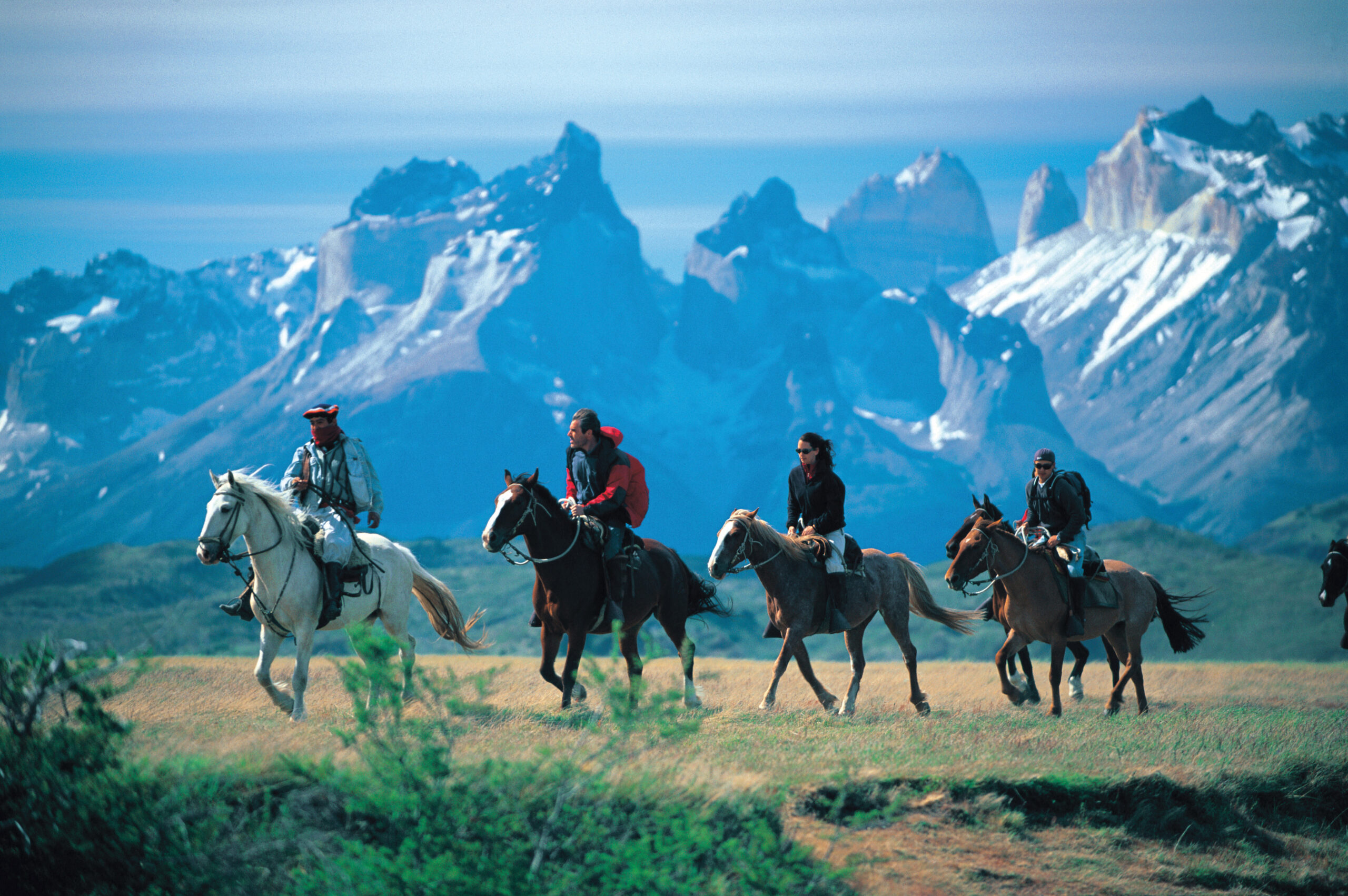Experience The Gaucho Life of Southernmost Chile at
Explora Torres del Paine
Gauchos are the cowboys of the South American pampas and call some of Chile’s most remote regions home. These rugged men are skilled horsemen who are a national symbol of Chile and Argentina.
The life of a Chilean gaucho is not an easy one: Solitary, cold and risky, with long days working with horses, sheep, and cattle on ranches and across endless, treeless plains.
The gaucho is responsible for the tasks on the ranch. A free and solitary personality (although very hospitable), he rises before sunrise to drive the livestock over the plains and occupies himself with the activities of the farm. An expert rider, he is also skilled in the use of the boleadoras, a weapon composed of rocks joined by lines of leather used by the ancient tehuelches.

The Bucket List Family
“Once you’ve explored Patagonia on horseback, the picture of a skilled gaucho with a horse will always come to mind,” notes Gaela Hourcq, Explora’s stable manager, who also oversees the company’s horse-breeding program.


Far from the city and in contrast to the movement of Punta Arenas, the area’s large livestock ranches subsisted in isolation and solitude. Forced into a life of self-sufficiency, they have remained practically untouched by the development of urban centers.
“Gauchos are integral to the experience on horseback in Patagonia,” Added Hourcq. “Riding across rivers and through forests and mud and witnessing the remarkable relationships that gauchos have with horses really makes travelers feel a part of their culture and the work and freedom that makes them who they are.”


Throughout the last century, Torres del Paine has been home to gauchos and their livestock and horses, they have carried out ancestral European settler’s traditions of managing horses and livestock and have been highly influential in the lifestyle of the region and, in many ways, have paved the way for sustainable tourism in the area. This animal-oriented activity has been part of the region’s identity for a long time. It has given us a local culture that mixes historical features and, unlike many other cultures, is still alive today.
